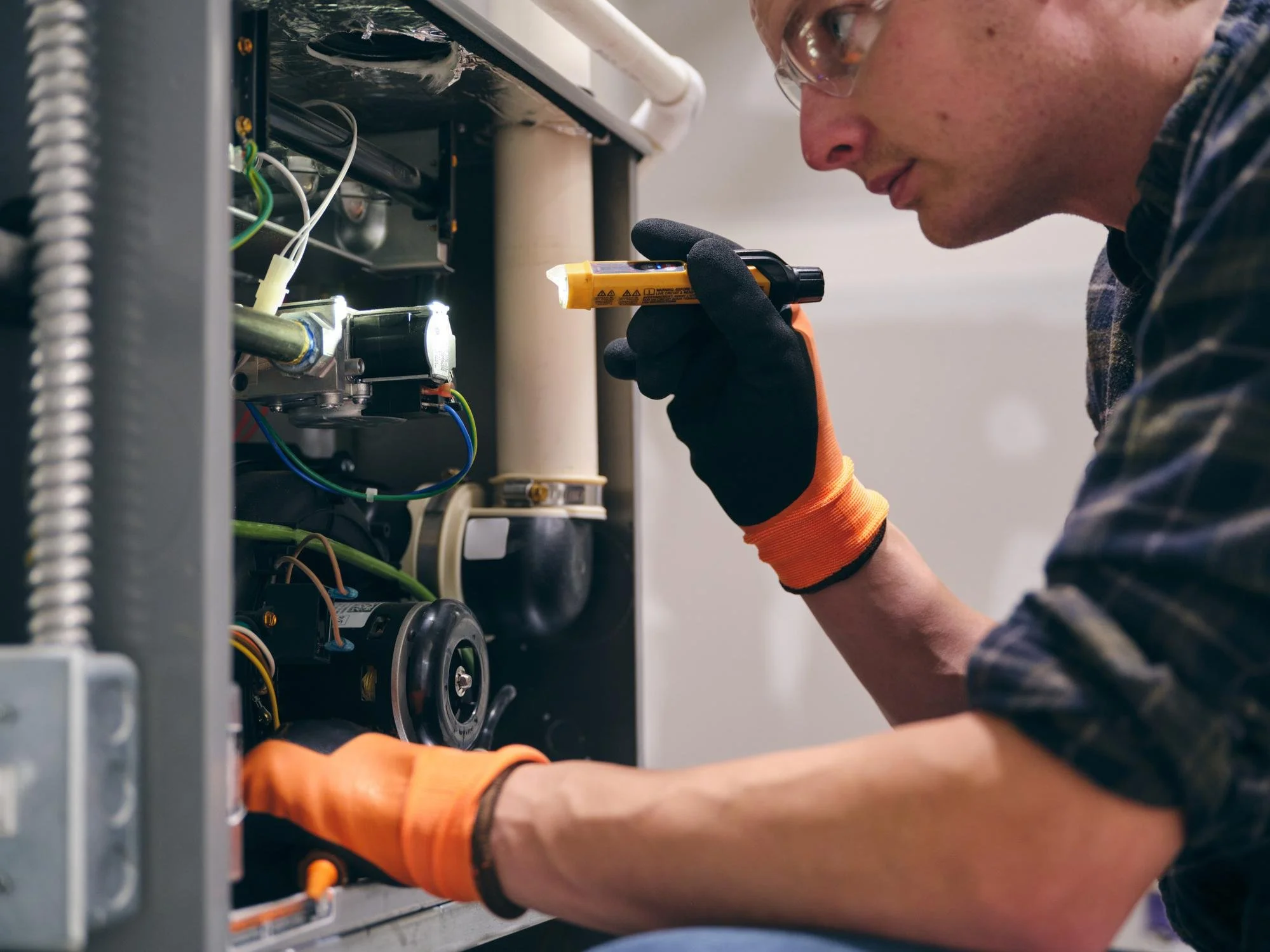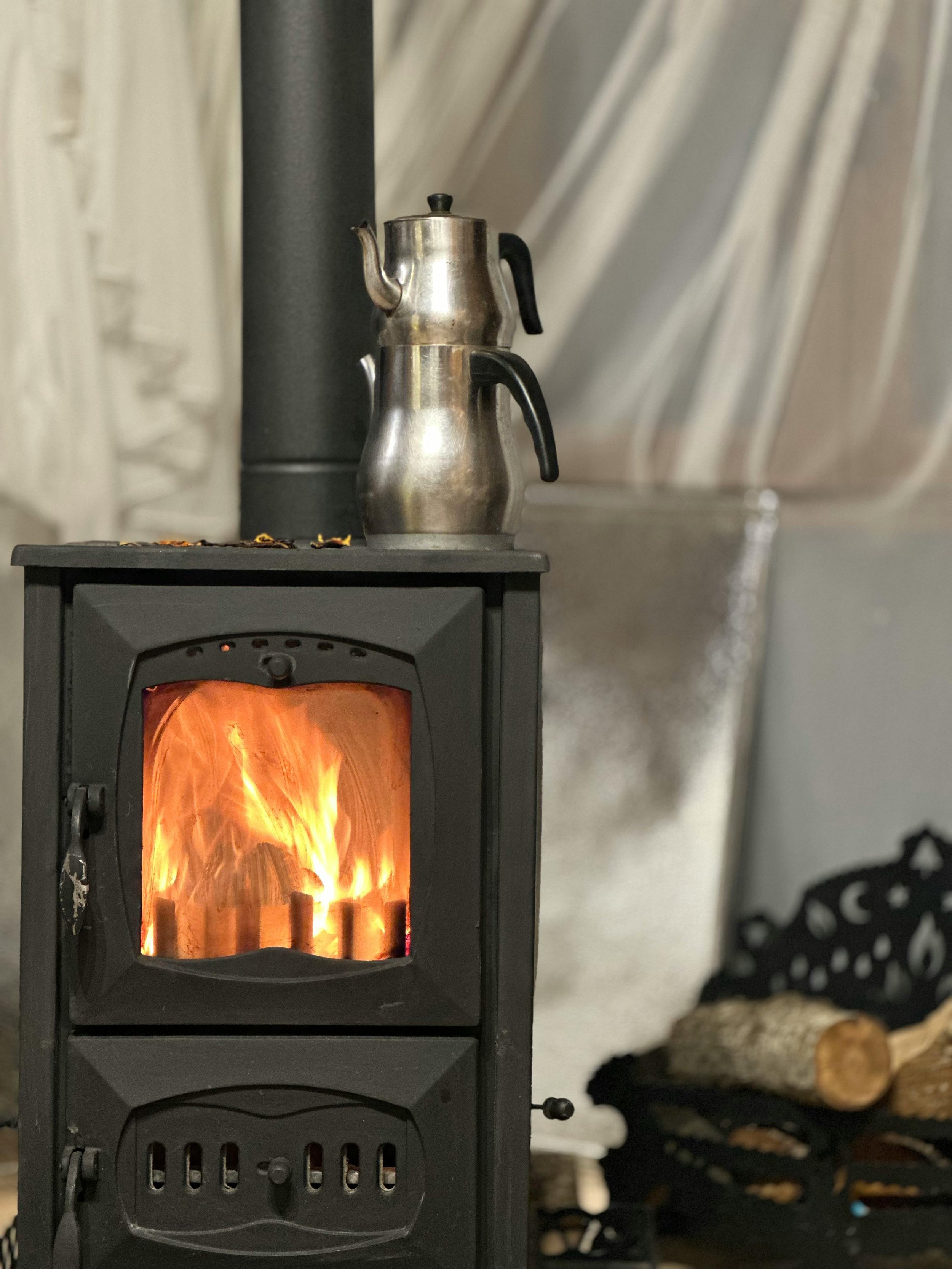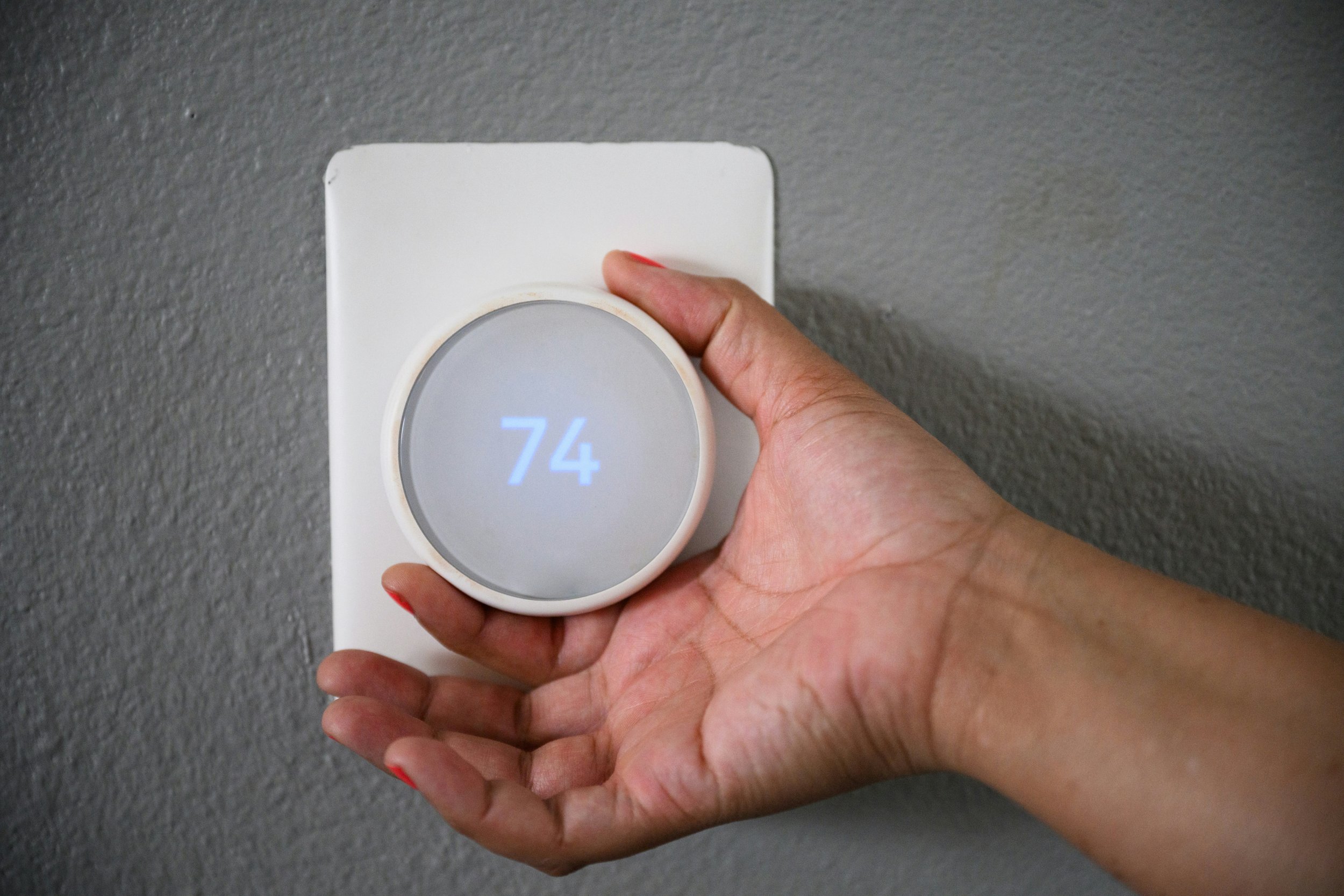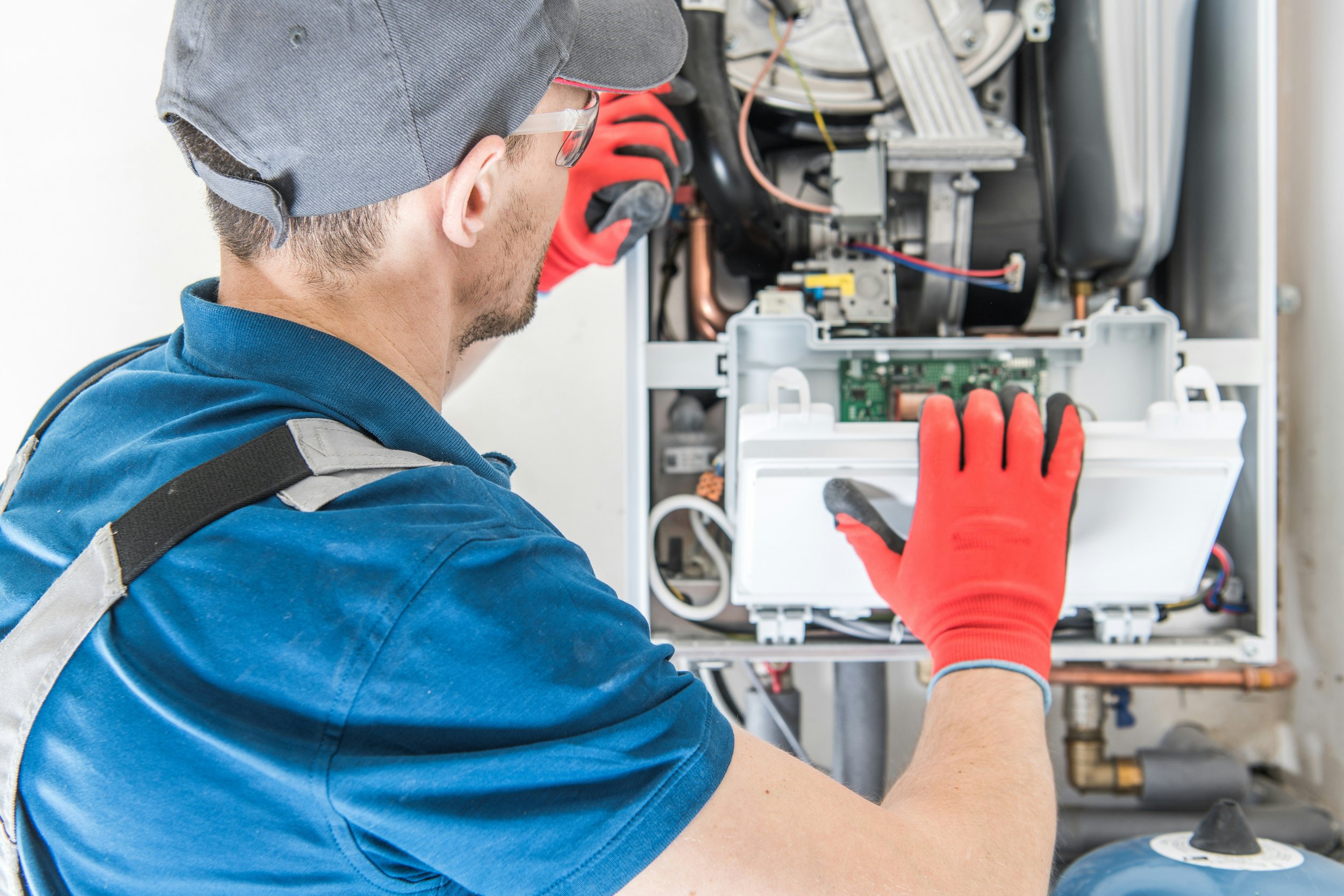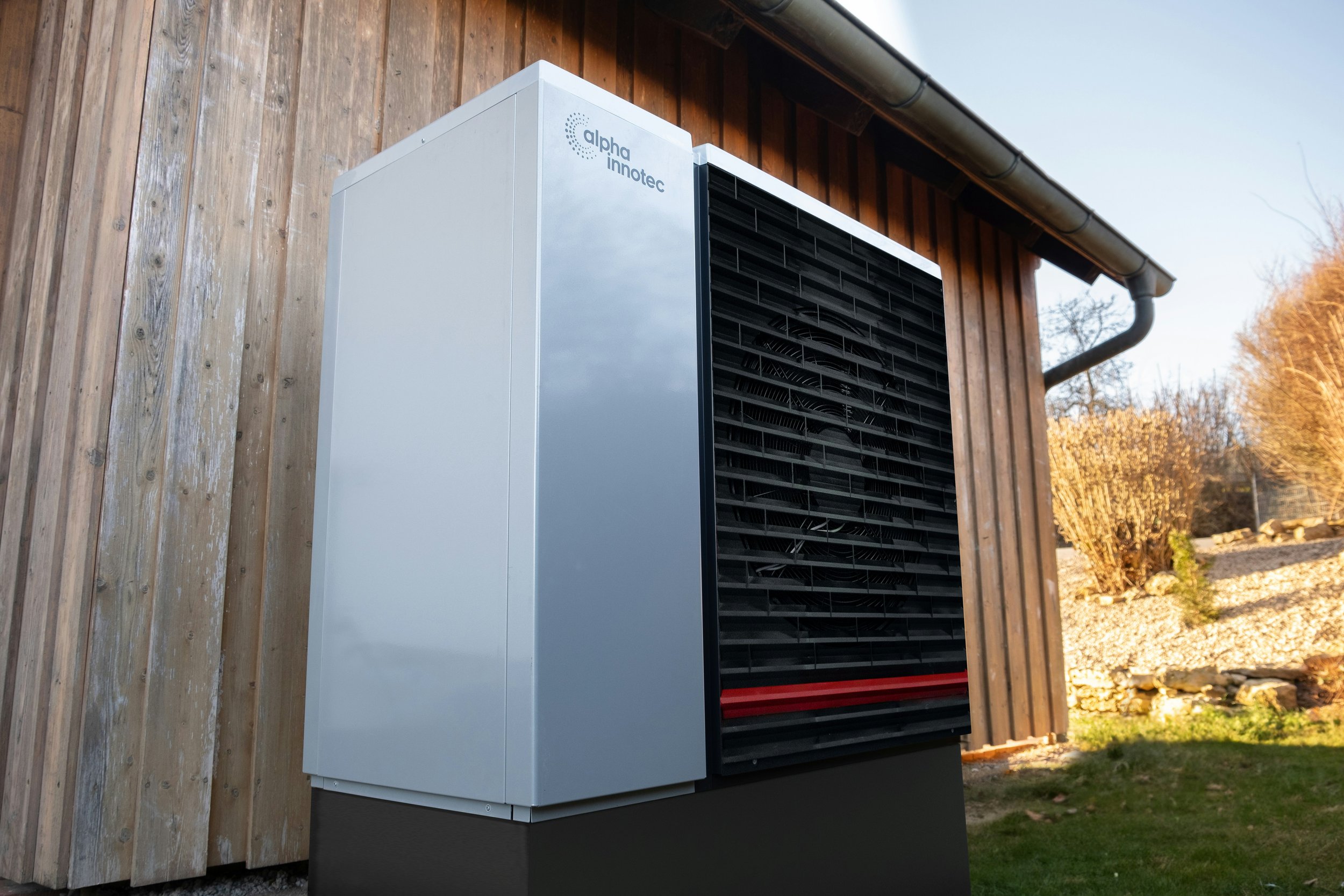Pre-Winter Heating Maintenance: How to Prepare Your Home in Calgary
Learn how furnace service, cleaning, and duct inspection can improve furnace efficiency before winter hits. Get expert tips for a warm, safe home season.
A professional furnace tune-up – including furnace cleaning, furnace and duct inspection, and system calibration – helps improve furnace efficiency, lowers energy bills, and prevents mid-season breakdowns. Scheduling routine furnace service in early fall ensures your heating system runs smoothly all winter long. Routine furnace maintenance not only enhances system performance but also contributes to healthier indoor air by reducing dust, allergens, and contaminants circulating through your home.
Table of Contents
Key Steps to Prepare Your Furnace for Winter
What to Do After Maintenance: Monitoring & Readiness
Final Thoughts: Stay Warm, Safe, and Efficient
As frost begins to lace Calgary’s windows and temperatures dip below freezing, one thing becomes clear: your furnace is about to work overtime. Yet, many Canadian homeowners wait until the first cold snap – or worse, until their system fails – to think about heating maintenance. The truth is, a few proactive steps in early fall can make the difference between a cozy, cost-effective winter and an emergency repair on a -30°C night.
Pre-winter heating maintenance isn’t just about comfort – it’s about safety, efficiency, and longevity. From reducing airborne allergens to cutting monthly gas bills, a well-maintained system delivers year-round benefits. In fact, investing in furnace maintenance services in Calgary and similar regions ensures your system meets the demands of harsh Canadian winters without strain.
Key Steps to Prepare Your Furnace for Winter
Getting your furnace ready for the cold season involves more than just flipping a switch. A systematic approach ensures safety, efficiency, and reliability when you need heat the most. Below are the essential actions every homeowner should take – ideally in early fall – before temperatures drop significantly.
Schedule a Professional Furnace Tune-Up
A professional furnace tune-up is the foundation of pre-winter readiness. Certified technicians assess your entire system, calibrating components for optimal performance. This service typically includes checking ignition systems, testing thermostats, inspecting gas pressure, and verifying safety controls. Most importantly, it validates that your unit meets current safety standards – a critical step in preventing carbon monoxide leaks.
Perform Thorough Furnace Cleaning
Over time, dust, pet dander, and debris accumulate inside your furnace, especially around the blower motor, burners, and heat exchanger. This buildup restricts airflow, forces the system to work harder, and can even pose a fire hazard. Professional furnace cleaning removes these contaminants, restoring airflow and helping your system run quietly and efficiently. DIY filter changes help, but internal cleaning requires specialized tools and expertise.
Conduct a Furnace and Duct Inspection
Your ductwork is the circulatory system of your home’s heating setup. Leaks, blockages, or disconnected sections can waste up to 30% of heated air before it reaches your living spaces. A comprehensive furnace and duct inspection identifies these issues, seals gaps, and ensures even heat distribution. Technicians also look for signs of mould, rodent activity, or insulation damage – common concerns in older Canadian homes.
Replace Filters and Check Thermostat Settings
While not a substitute for professional service, homeowner-level tasks still matter. Replace your furnace filter every 1–3 months (more often if you have pets or allergies). A clogged filter drastically reduces efficiency and strains the motor. Additionally, test your thermostat: switch it to “heat” mode, raise the temperature, and confirm the furnace responds. Consider upgrading to a programmable or smart thermostat to automate temperature schedules and further improve furnace efficiency.
For a clearer overview, here’s a quick checklist of pre-winter furnace prep tasks:
Completing these steps not only keeps your home warm but also supports long-term system health – reducing repair costs and extending your furnace’s lifespan by years.
Post-Maintenance Furnace Monitoring for Winter Readiness
Once your furnace has undergone a professional tune-up, cleaning, and inspection, your role shifts from preparation to observation. Consistent monitoring during the heating season helps maintain system reliability and ensures early detection of emerging issues. This proactive approach supports long-term performance and safeguards indoor comfort when outdoor temperatures drop.
Watch for Performance Changes
During the first few weeks of regular furnace use, pay close attention to how your system operates. Unusual noises – such as grinding, rattling, or repeated clicking – may indicate mechanical wear or ignition problems. Similarly, if your home takes longer to warm up or certain rooms remain chilly despite functioning vents, airflow, or thermostat calibration could be at fault. These subtle signs often precede larger failures and warrant a technician’s review.
Maintain Safety with Detector Checks
Even a well-maintained furnace can develop combustion issues under extreme conditions. To protect your household, test carbon monoxide and smoke detectors monthly throughout winter. Replace units older than seven years, and never disable alarms due to nuisance triggers – instead, relocate or upgrade them. Place detectors on every floor, especially near bedrooms, to ensure rapid alert in case of ventilation or exhaust problems.
Track System History and Schedule Reminders
Keep a simple log of your maintenance date, service provider, and any parts replaced or adjusted. This record proves valuable during future diagnostics and helps you stay on a consistent annual schedule. Many homeowners pair this with calendar alerts or sign up for seasonal reminders from local HVAC providers to avoid missing next year’s pre-winter window.
Recognize Emergency Warning Signs
Certain symptoms require immediate action. A yellow or flickering pilot flame (instead of a steady blue one), persistent burning odours after the first few cycles, or soot buildup near vents can signal incomplete combustion or flue blockage. In these cases, turn off the furnace, ventilate your home, and contact a licensed technician without delay.
Key indicators to monitor weekly during winter:
Consistent heat output across all rooms
Quiet, smooth startup and shutdown cycles
Clear air filters (replace if visibly dusty)
No unusual smells or discolouration near vents
Stable thermostat response and temperature accuracy
Staying attentive doesn’t mean constant worry – it means building habits that support system health and household safety. With these practices in place, your furnace remains a dependable ally all season long.
Final Thoughts: Stay Warm, Safe, and Efficient This Winter
As the Canadian winter approaches, your furnace becomes more than just a mechanical appliance – it’s your frontline defence against the cold. Taking time for pre-winter preparation through furnace service, furnace cleaning, and a thorough furnace and duct inspection sets the stage for a season of reliable, efficient, and safe heating. These steps not only improve furnace efficiency but also protect your home’s air quality and reduce the risk of unexpected failures during extreme weather.
Remember, a professional furnace tune-up is not a luxury – it’s a practical necessity. It addresses hidden wear, calibrates performance, and ensures your system complies with current safety standards. Combined with simple homeowner habits like filter replacement and vent checks, this proactive care delivers measurable benefits: lower energy bills, extended equipment life, and consistent indoor comfort.
